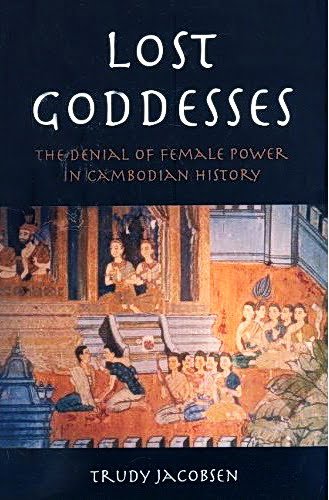
Khmer Words for Women-Sacred Terms from Cambodian History
This article is based on research presented by Trudy Jacobsen in her book “Lost Goddesses: The Denial of Female Power in the History of Cambodia”.
Cambodia’s 12th century temple of Angkor Wat is the largest religious monument on earth. Built at the height of the Khmer Empire in the 12th century, this massive structure preserves the portraits of nearly 2,000 Southeast Asian women. Sadly, the profound significance of these women has been ignored by scholars during the past 150 years of intense study. Devata.org was founded to study the ancient female portraits women
The time has come to recognize these powerful Khmer women, to reconsider the true purpose of Angkor Wat, and to understand the role women had in developing this extraordinary civilization.
Research presented at Devata.org indicates that a primary reason for building Angkor Wat was to honor these women and to celebrate their vital contributions to the Khmer Empire. These women were key to maintaining a harmonious Khmer society, its economy and maintaining the balance of the universe itself.
Today, women worldwide still seek equality and recognition for their contributions. For that reason we periodically present special articles about woman’s history dealing with issues beyond Southeast Asia.

This article is based on research presented by Trudy Jacobsen in her book “Lost Goddesses: The Denial of Female Power in the History of Cambodia”.
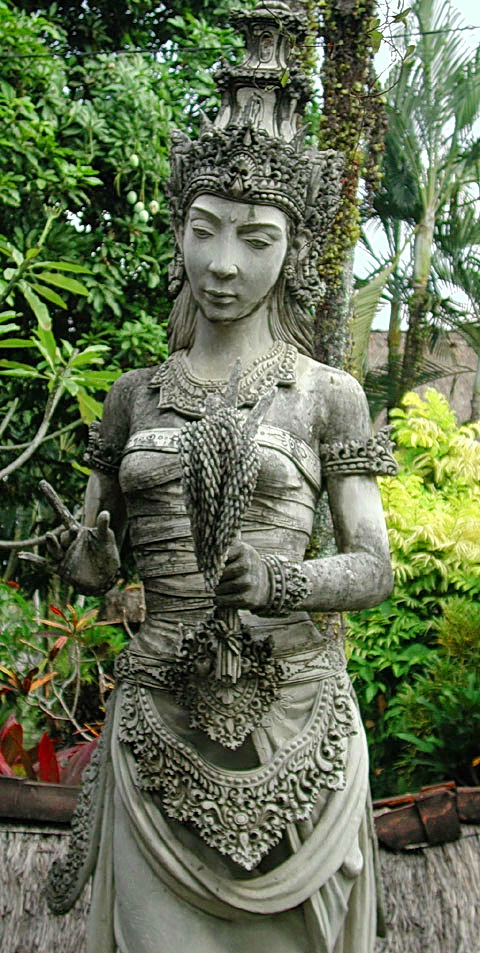
The women of Angkor Wat, frequently called devata and apsaras, are related to many divine, semi-divine and mortal Asian females.
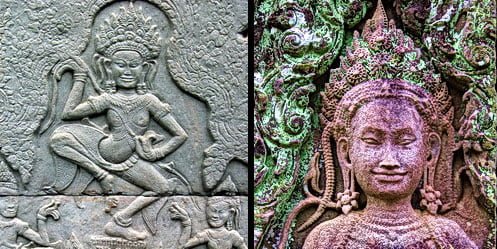
On the towers above, serene faces gaze out over the jungle. But below, Jayavarman VII followed the example of King Suryavarman II by filling his monument with female energy. The portraits of sacred women, now called devata or apsaras depending on their style, surround the Bayon.
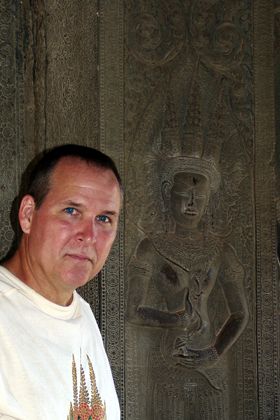
Researcher Kent Davis theorizes that the many carved images of women found throughout the temple complex hold the key to the origins and purpose of the ancient monuments. Mysterious Khmer Devata Goddesses-Who were the Women of Angkor Wat?
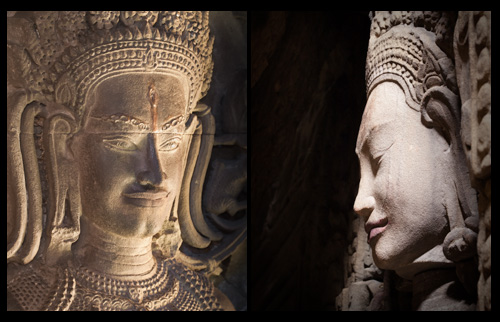
The ancient queens of Jayavarman VII, Indradevi and Jayarajadevi, guided the Khmer civilization bringing education, health, spirituality and enlightenment to 12th century Southeast Asia.
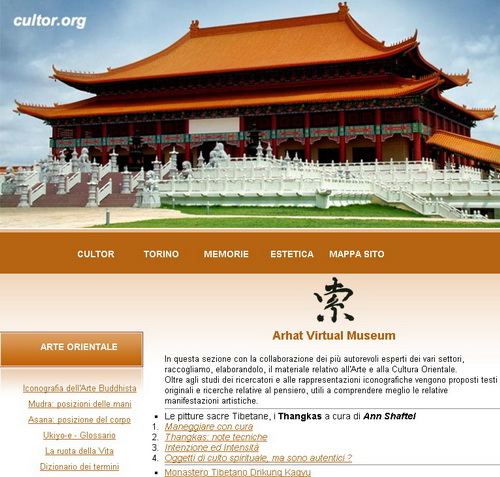
TURIN, ITALY — The European Renaissance (Rinascimento) began in 14th century Italy. Now, 21st century Italians are learning about Khmer contributions to …
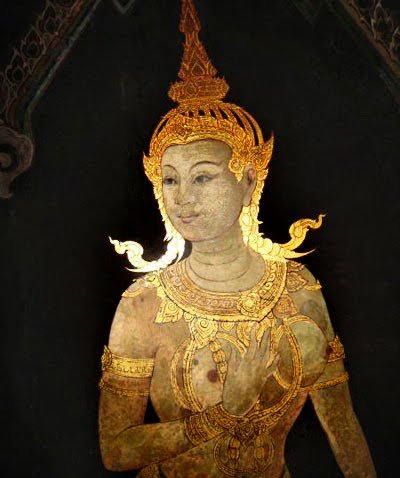
Submissive? Beautiful? Cunning? Strong? Shy? Bold? Yes, and more! Author Sara Veal reveals the mystique of Asian women.In literary fiction.
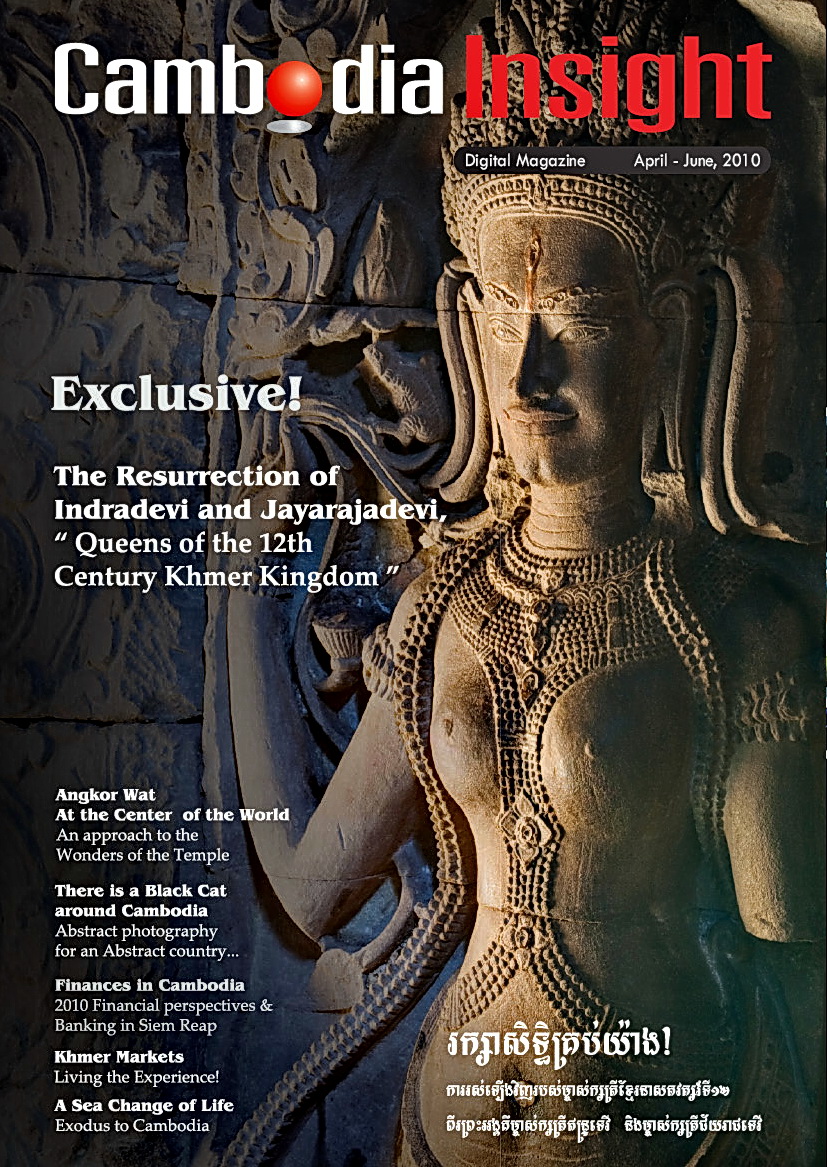
Two heavenly women in an ancient Cambodian temple are 12th century Khmer queens, not artistic imagination, according to Khmer-American photographer Phalika.
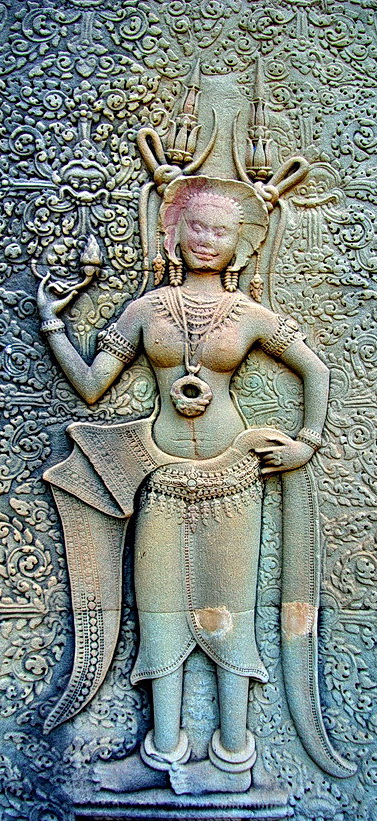
Yogini, devata, goddesses…or goblins? Ancient Asian religions worshiped women in many forms. How do the sacred women of India’s famous Chaunsat Yogini Temple and the Women of Angkor Wat compare?
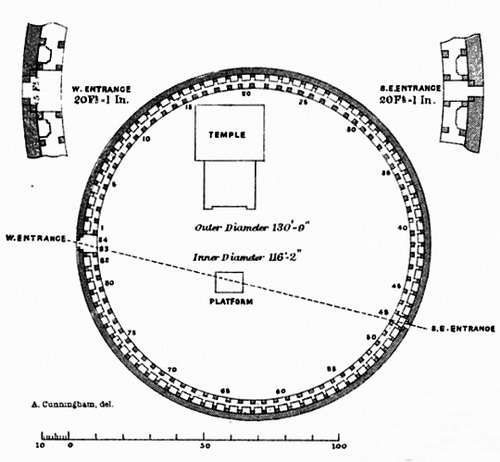
Chausath Yogini Temple-Complete Inventory of Goddesses, Yogini and Gods based on the Archaeological Survey of India report from 1873-75.